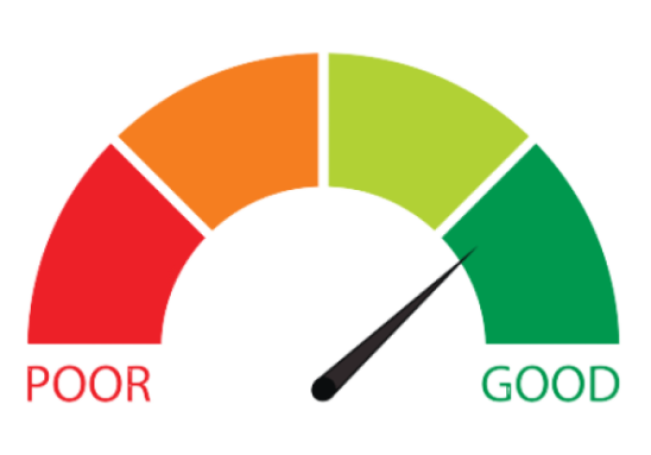There are many challenges to selling internationally. The first is the learning curve for what is actually required for entering new markets. Unless you’ve already been doing business globally, it can be overwhelming. There are so many areas that must be considered and, since they’re all important, it really helps to group them into categories, compartmentalize and prioritize:
Business issues: Which markets should we enter? Do we need local business entities?
Financial issues: How are we going to deal with currencies? Do we need a local bank account? Can our credit card processor accept payments from global buyers? How are we going to manage fraud?
Technology issues: Do we need to change our checkout to accommodate new address fields? Are we going to calculate duties and taxes and present those amounts to the buyer? Does our eCommerce platform support multicurrency pricing and multilingual views?
Product issues: Do we have all the product info we need to sell globally (like country of origin)? Are there any import restrictions on our products?
Pricing issues: Should we price our products in USD or local currency…and if local, how do we handle the conversion? Should we collect duties & taxes? What’s best: all-inclusive pricing or transparency?
UX issues: Should we translate our content or is English good enough?
Compliance and legal issues: Are there any US government regulations or policies we need to consider? Are there any labelling or packaging requirements for the market? How about privacy and security – can we collect the same information from global customers using the same methods as we do where we are now??
Shipping issues: How do we control shipping costs? What are the options for fulfilment? What needs to be in the box when shipping internationally? Should we be looking at positioning inventory locally and fulfilling from there?
Customer Service issues: How do we respond if a customer from Brazil, Russia, Japan or another non-English speaking country contacts us? Do we need to adapt our usual customer service hours to support global time zones? How should we handle returns?
Marketing issues: How do we create awareness locally? What kind of promotional calendar do we need to put in place? What kinds of things do people buy in these markets? Are there local exposure points where we absolutely must be present?
Political issues: Do we need a contingency plan in the event of political instability? What happens if trade relations change with the countries where we’ve invested? How do we respond to that?
Of course, 2020 has thrown up the mother of all considerations: how do we react to a global pandemic?
Some questions don’t have easy answers – but going global is a major undertaking that demands careful consideration.
A word from the author:
Our software Profitizer, is an app that makes it easier for eSellers to understand their marketplace profit & loss data from the top of their business right through to individual or grouped product profitability. For Amazon, eBay, Etsy and other marketplace sellers, Profitizer is “Profit and loss, made simple”.
Find out more: https://www.profitizer.app
#profitizer #amazonfba #fba #ebayseller #etsyseller #walmartseller

